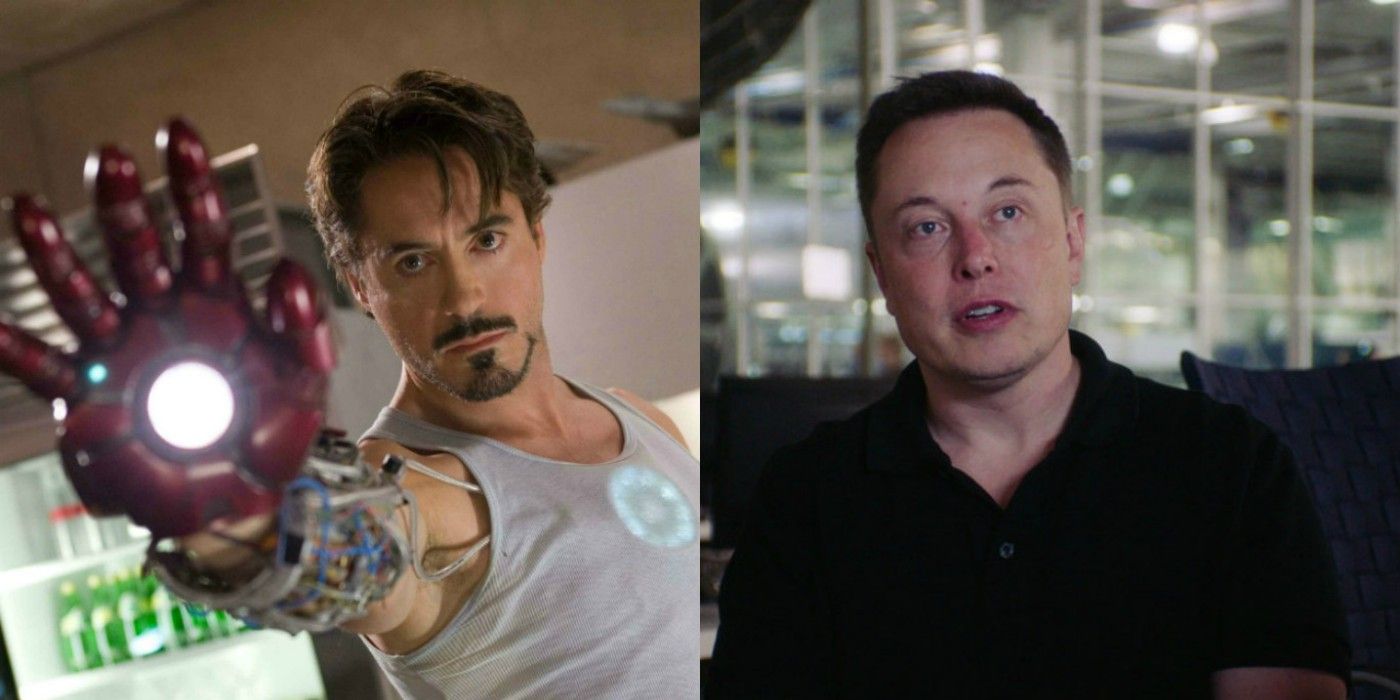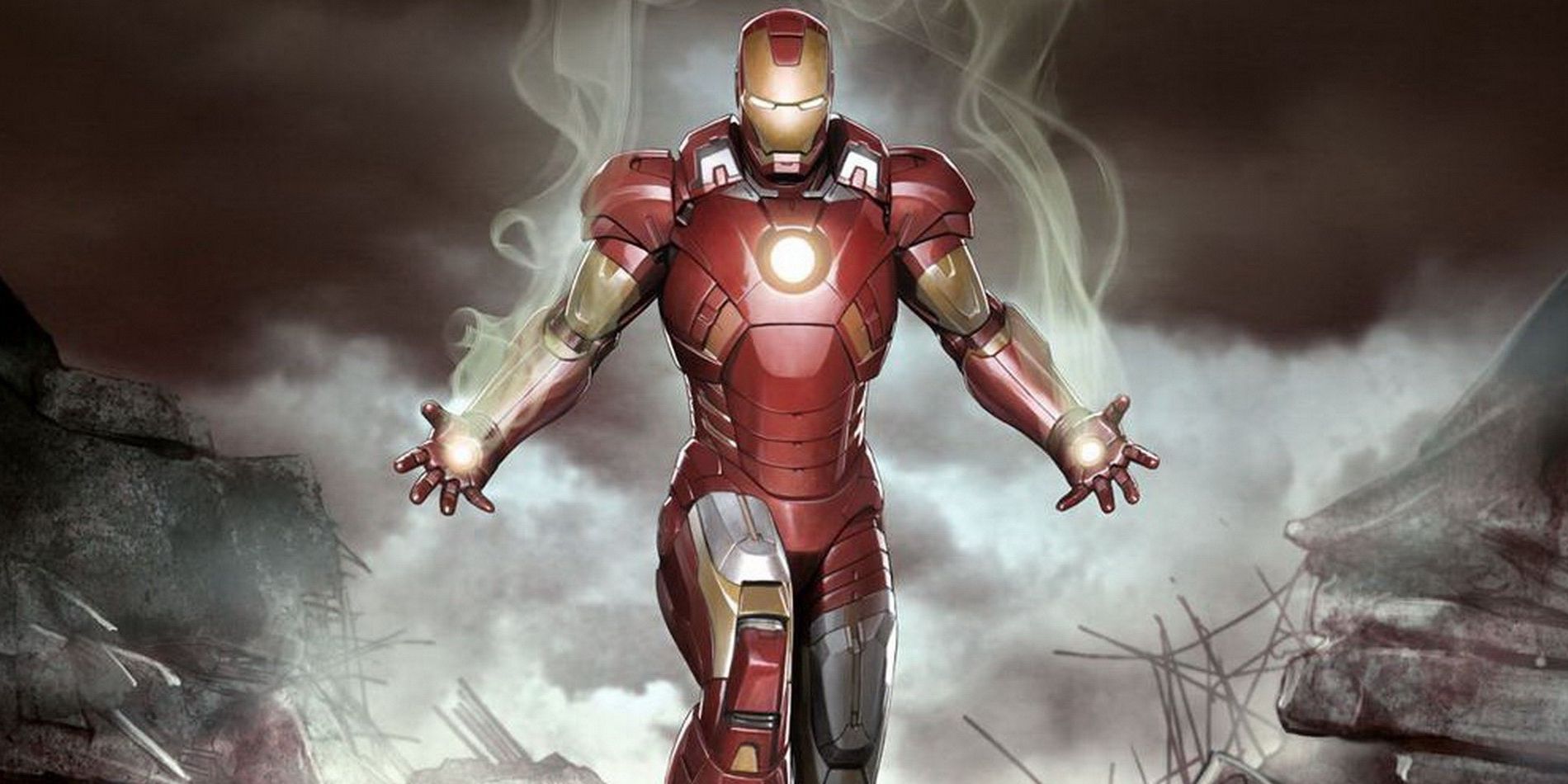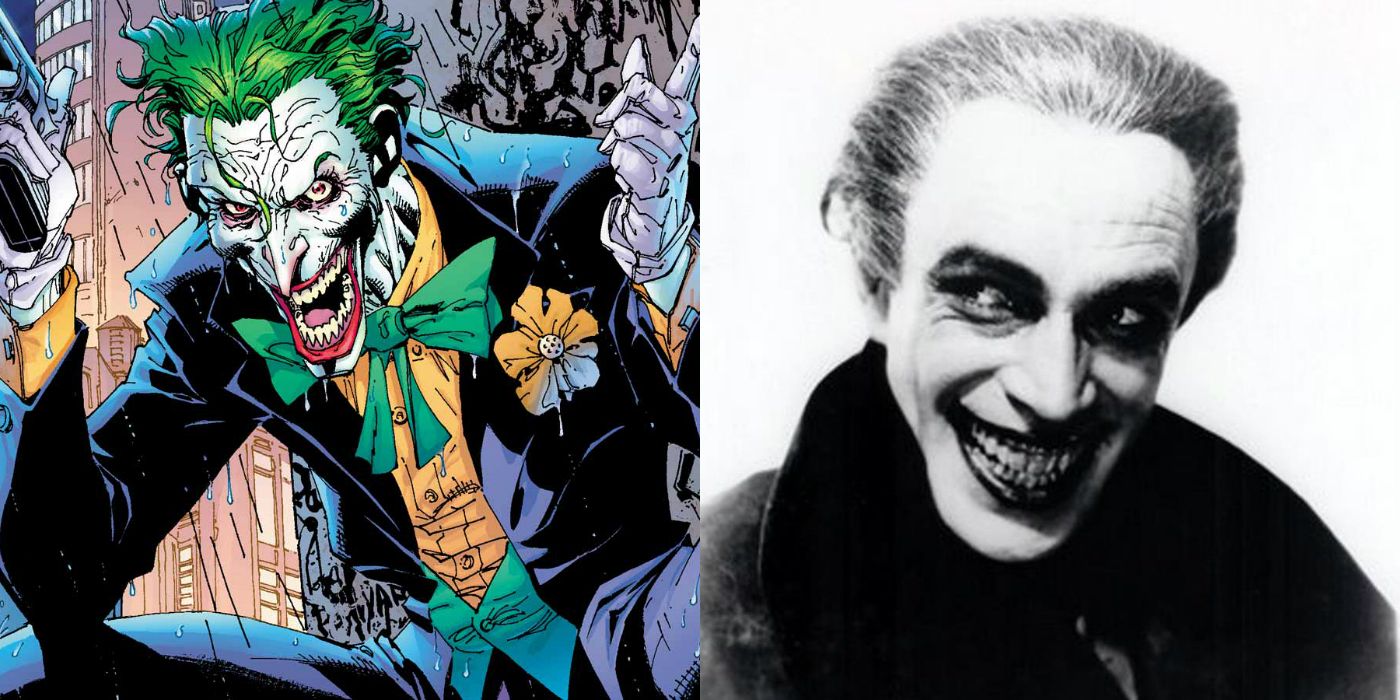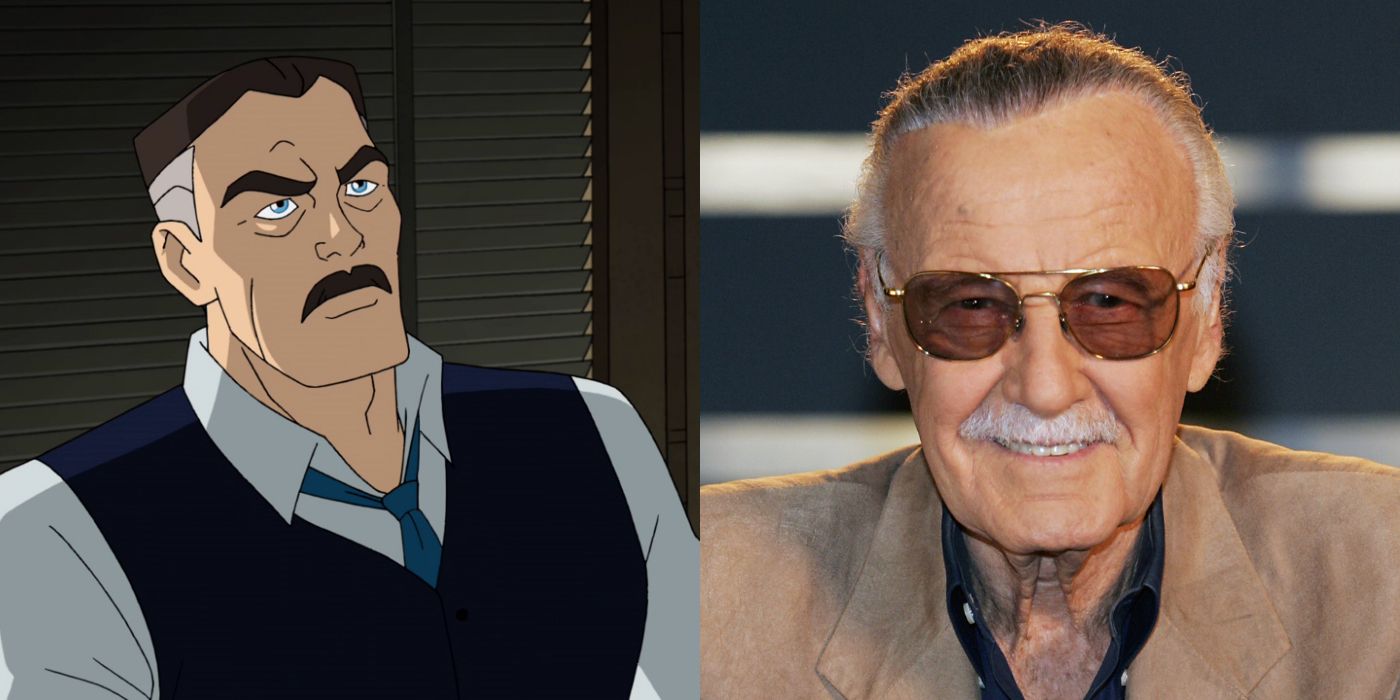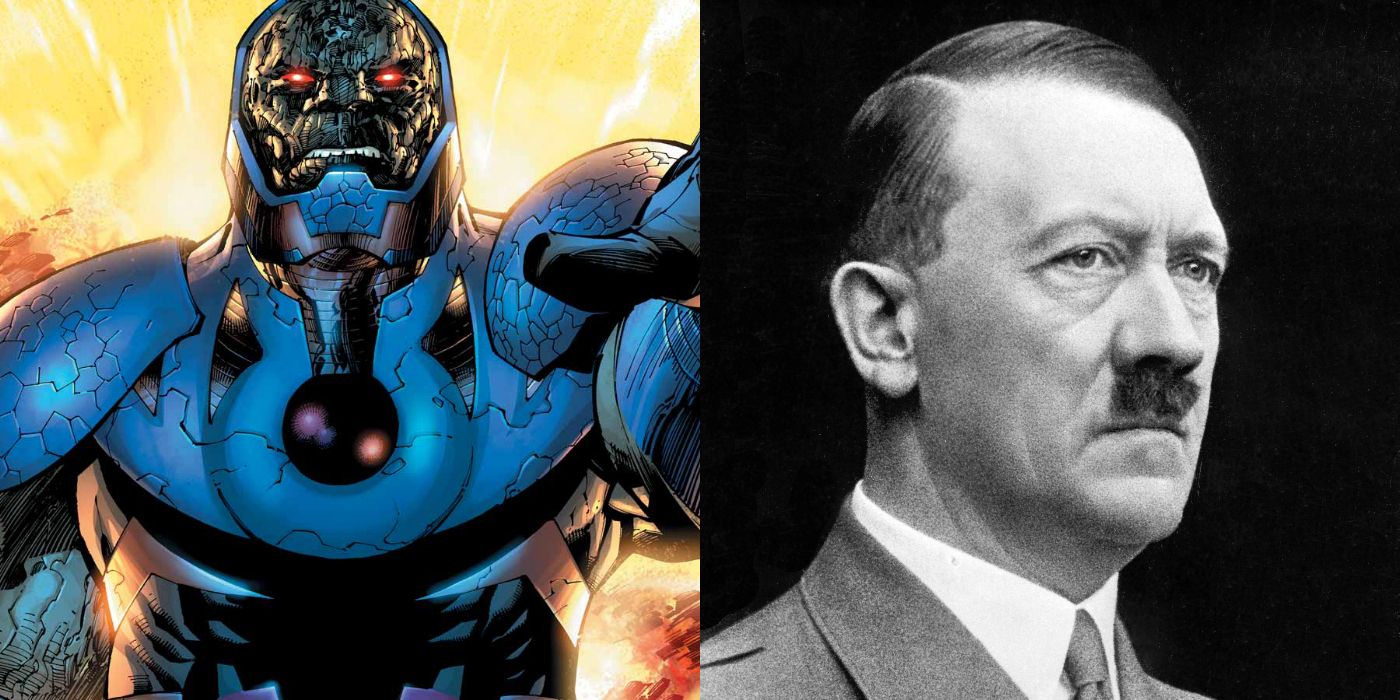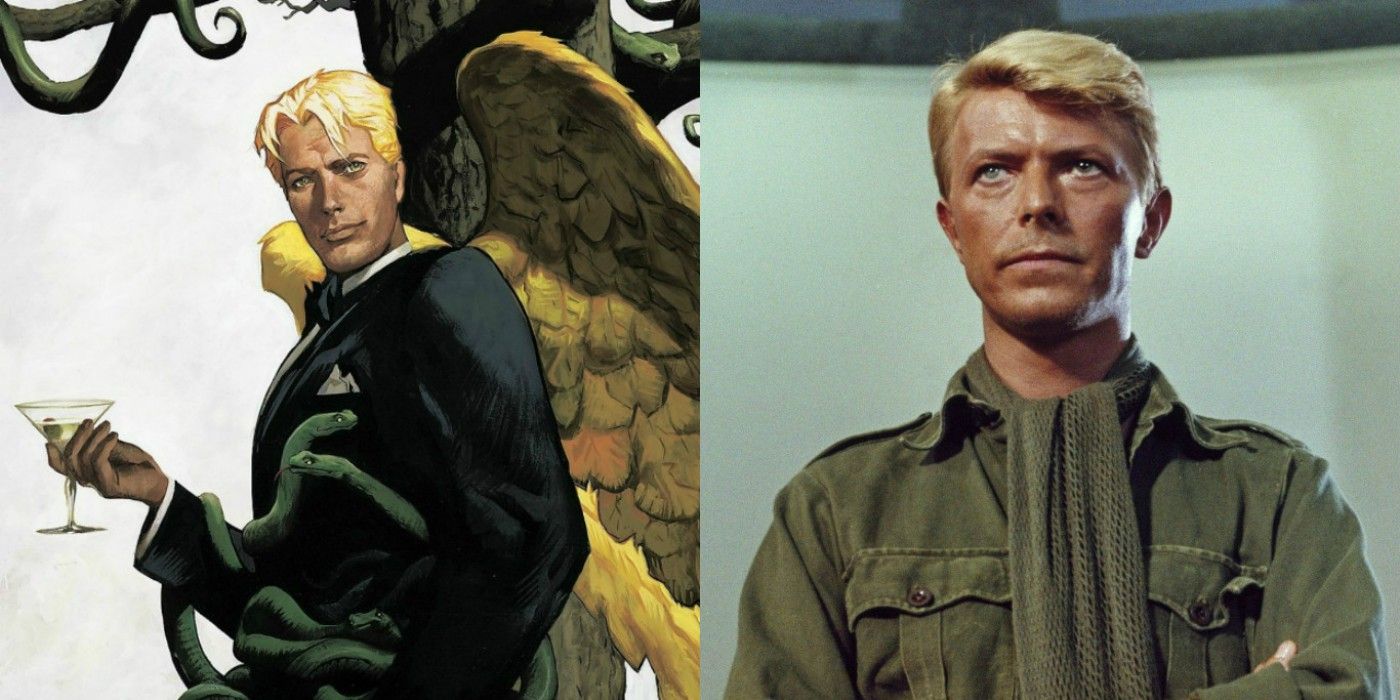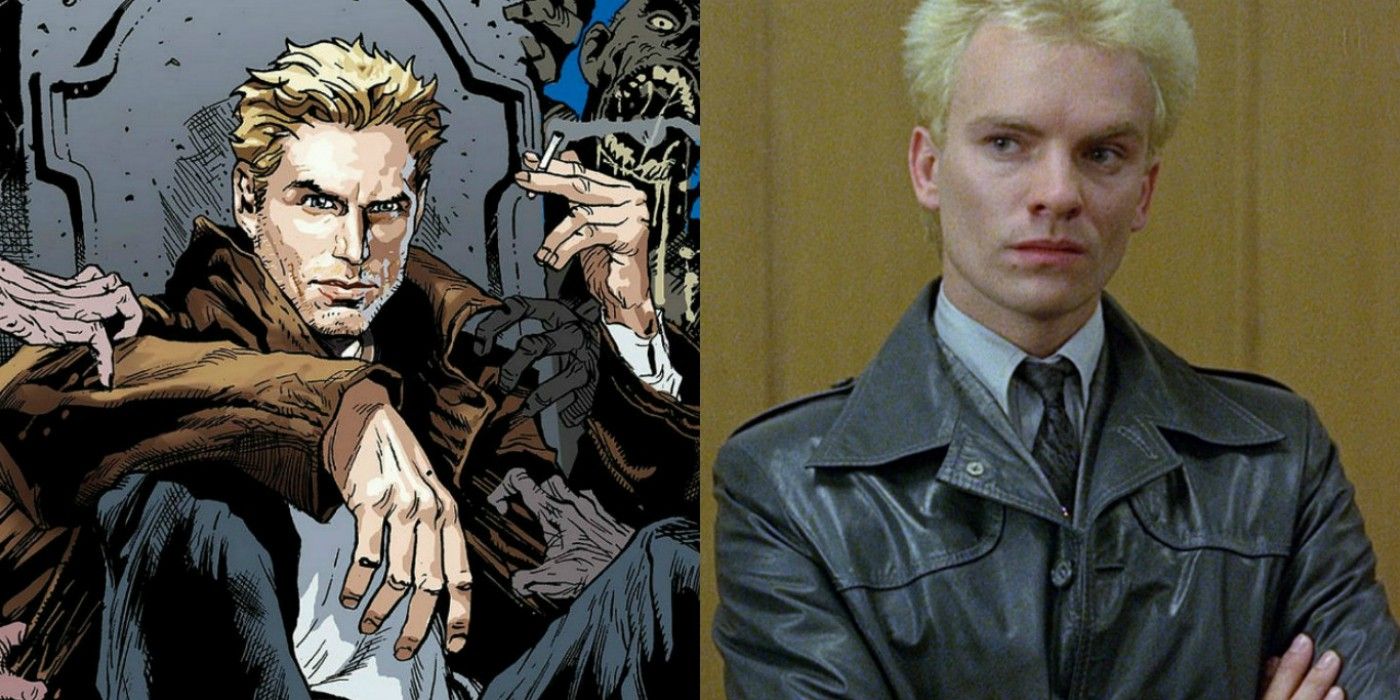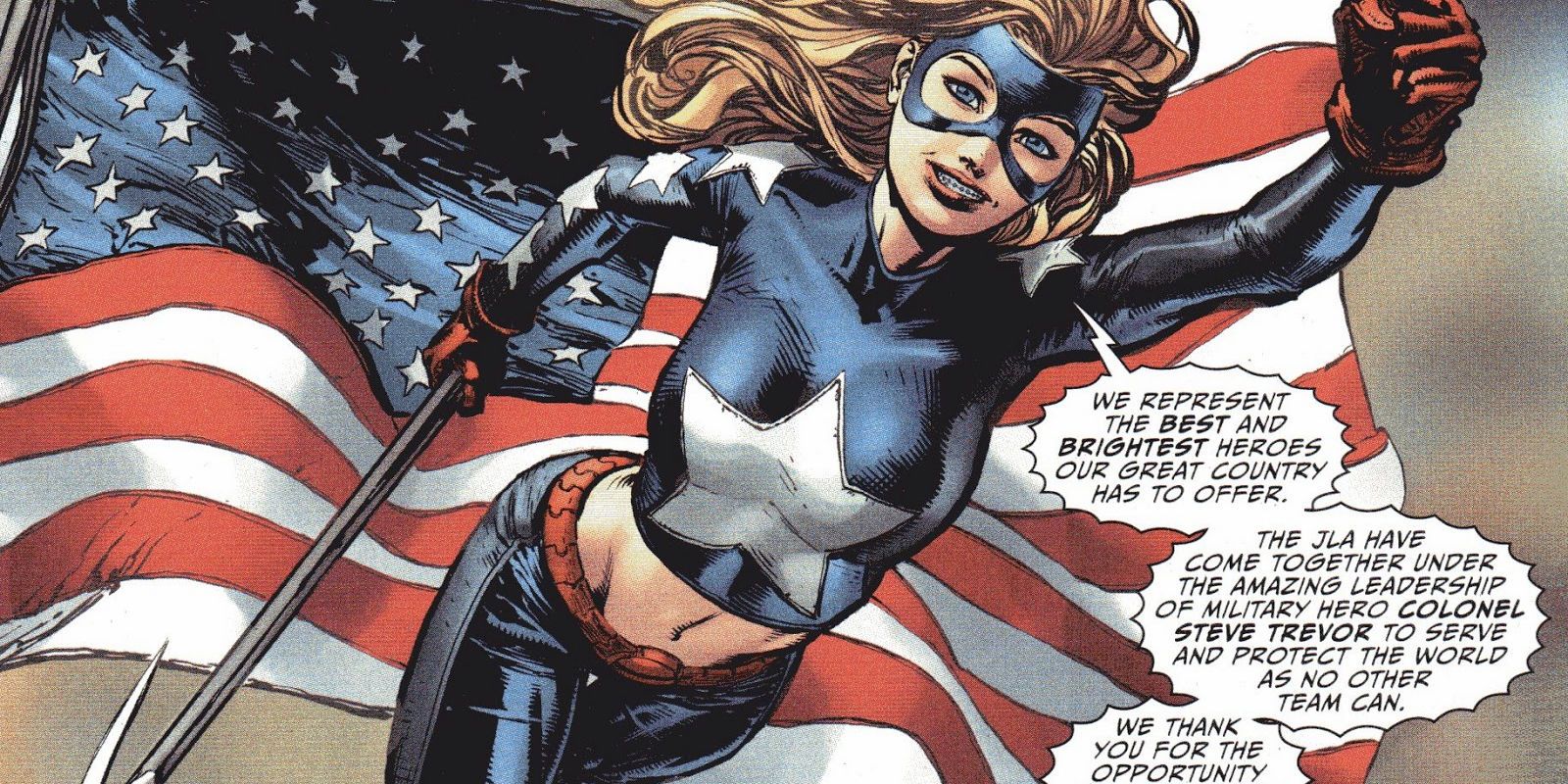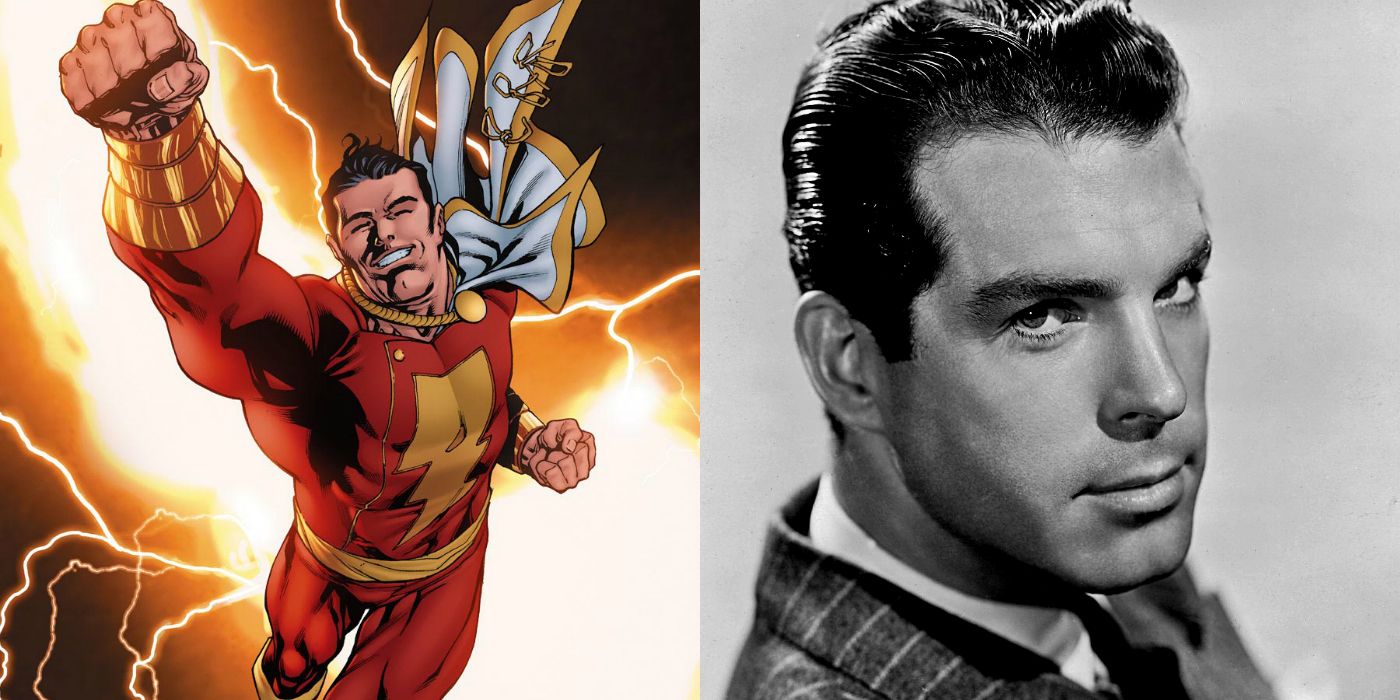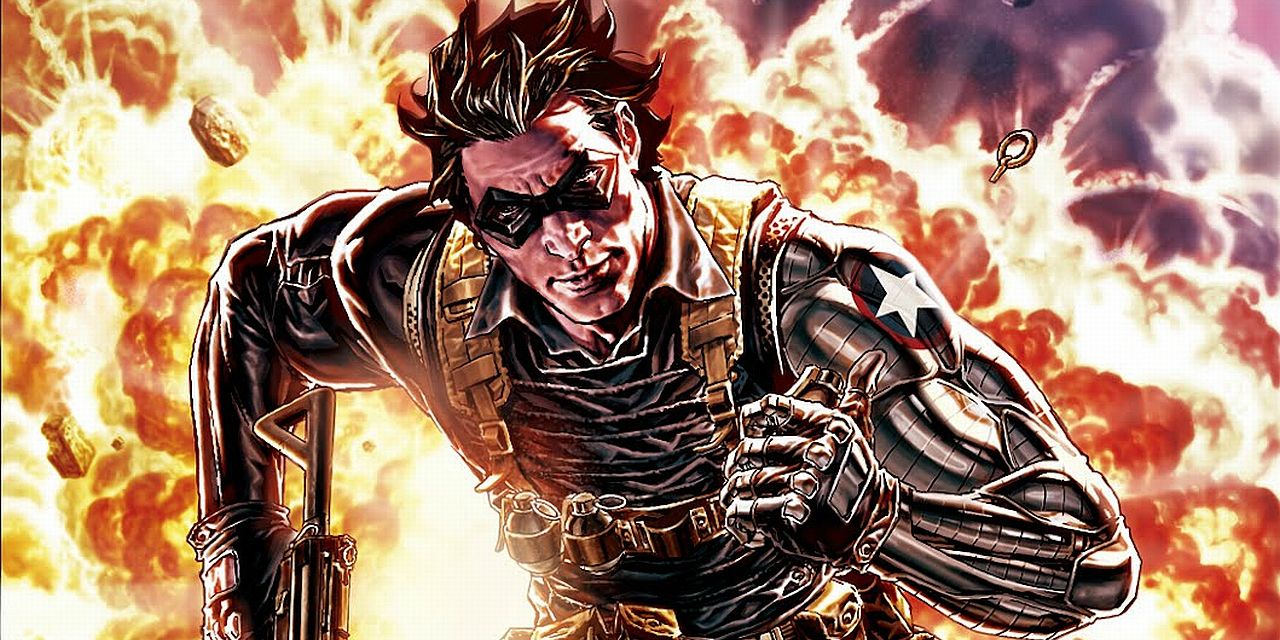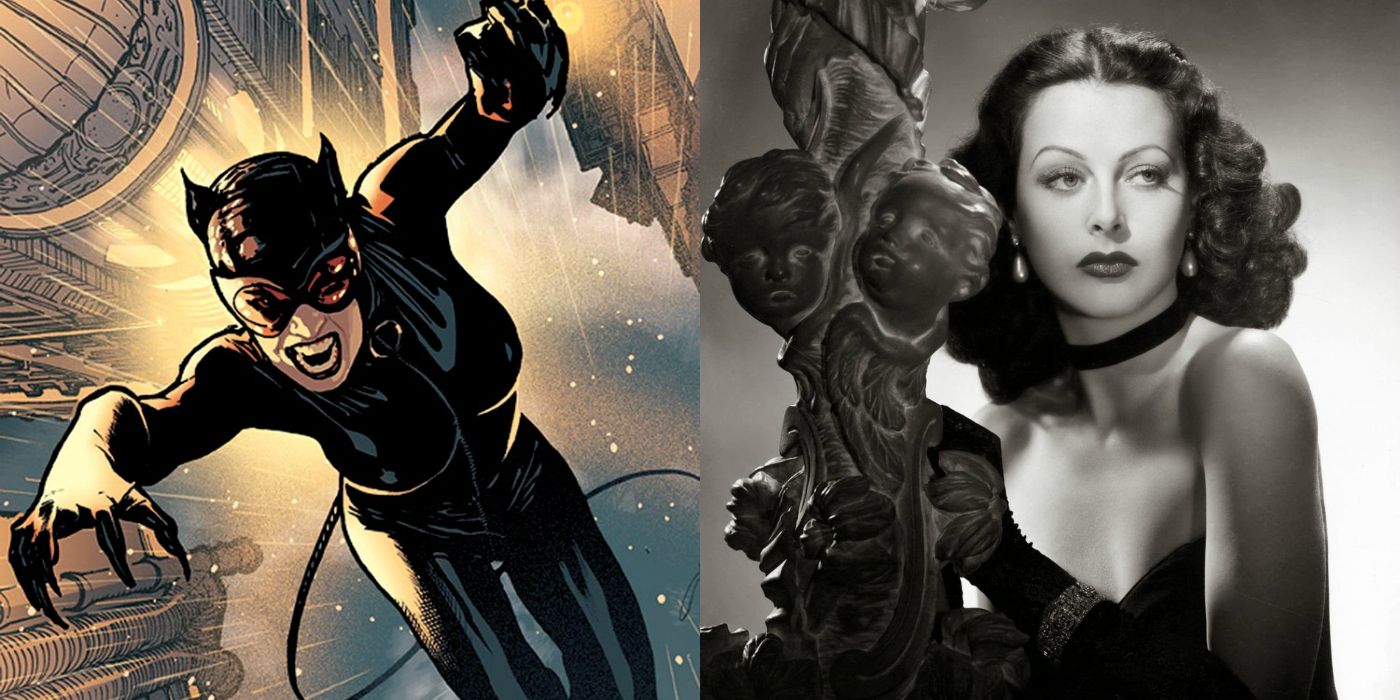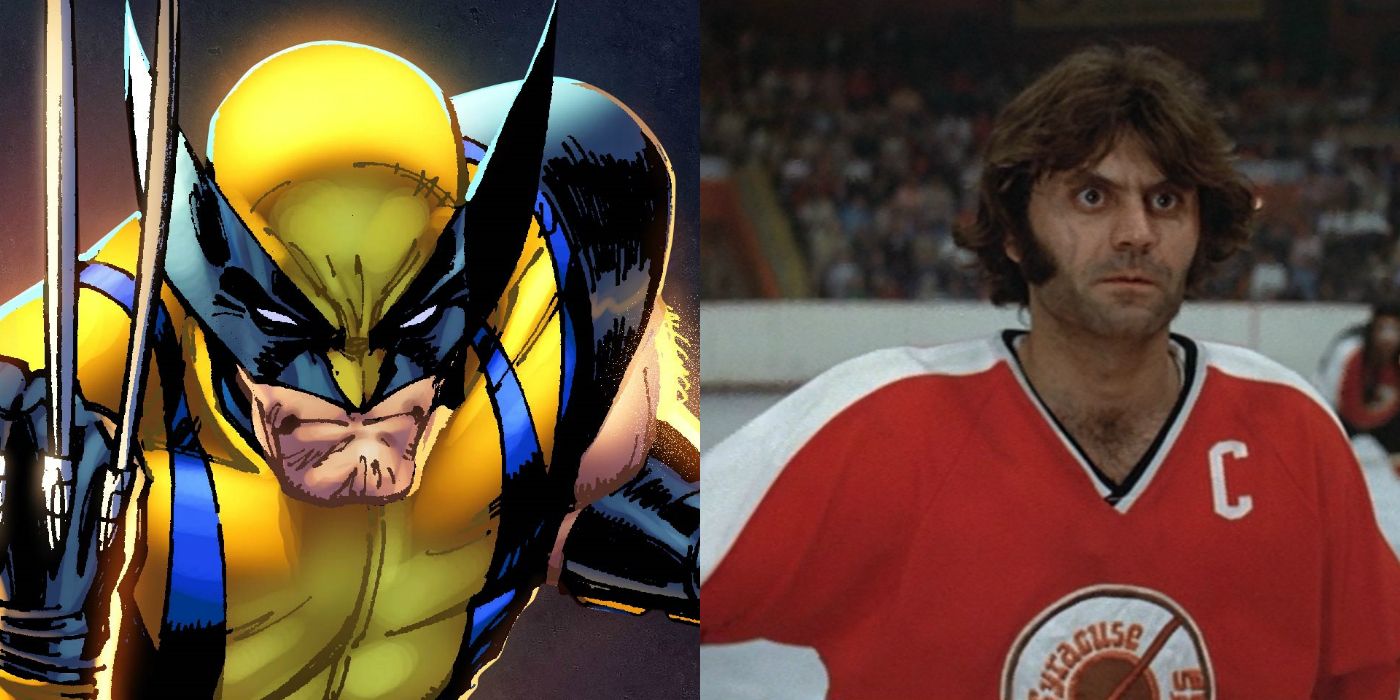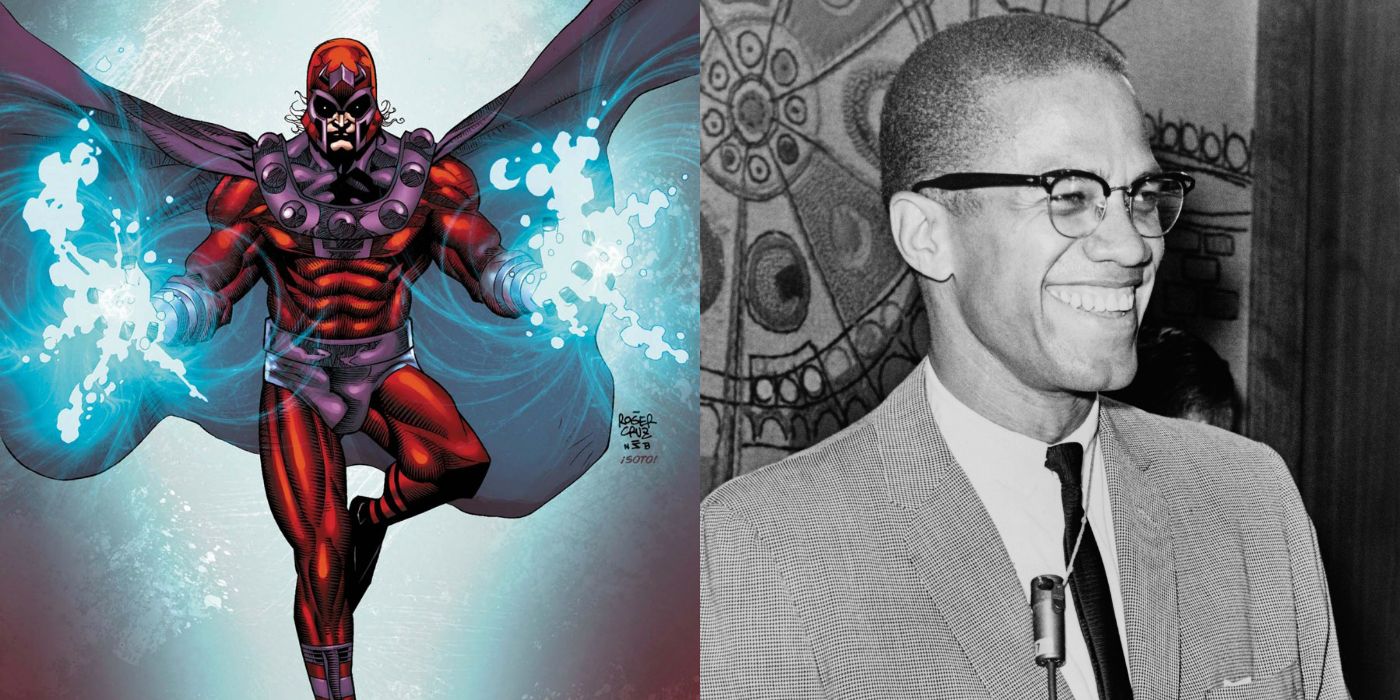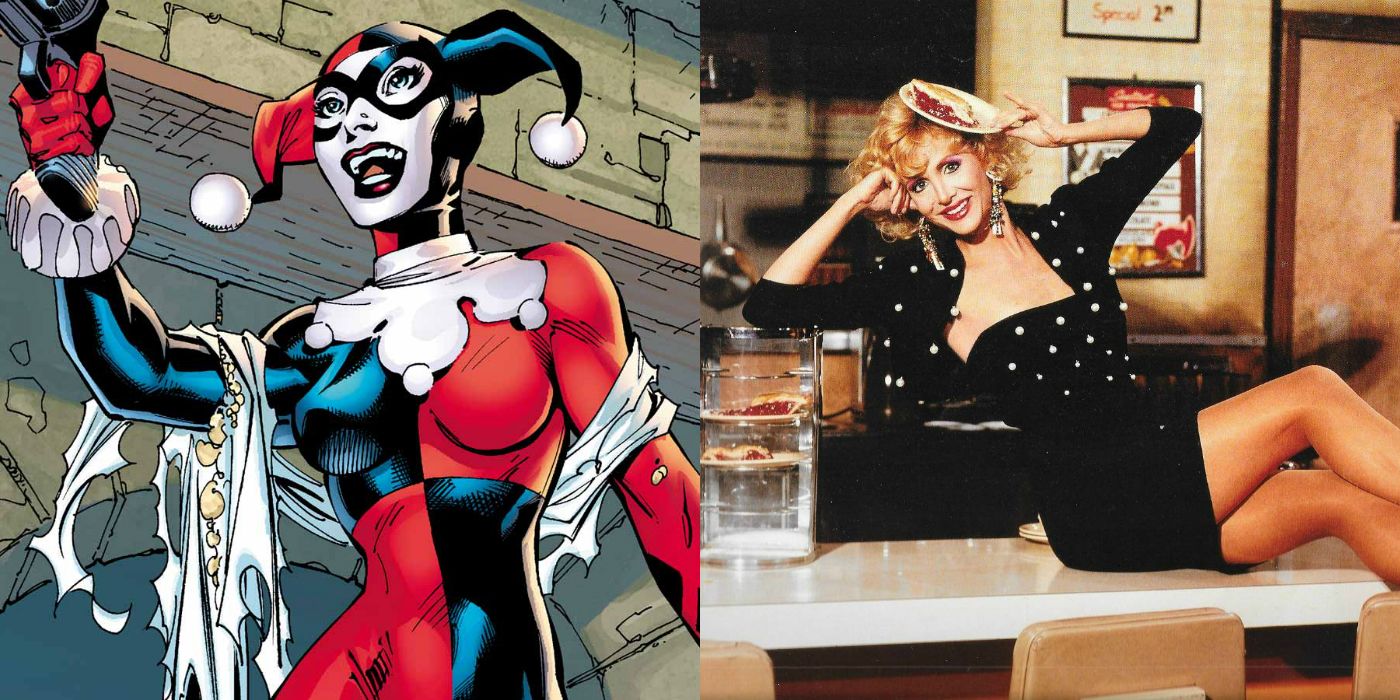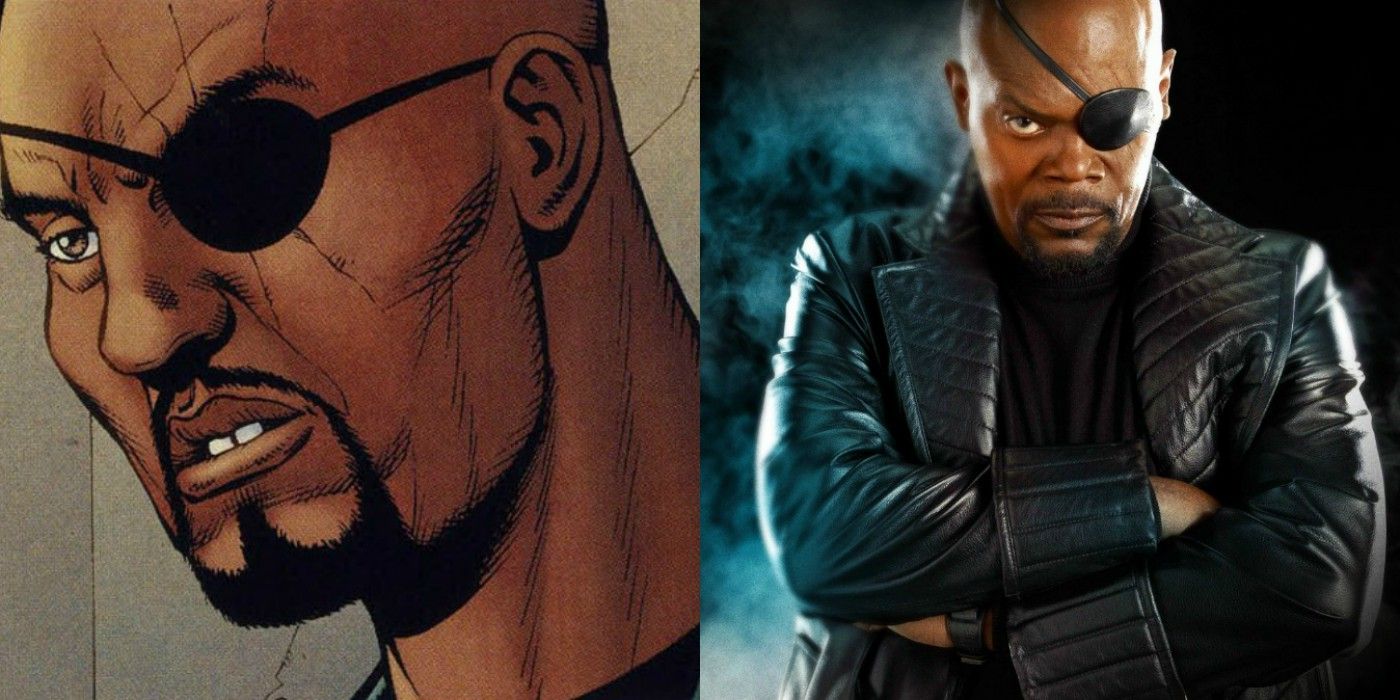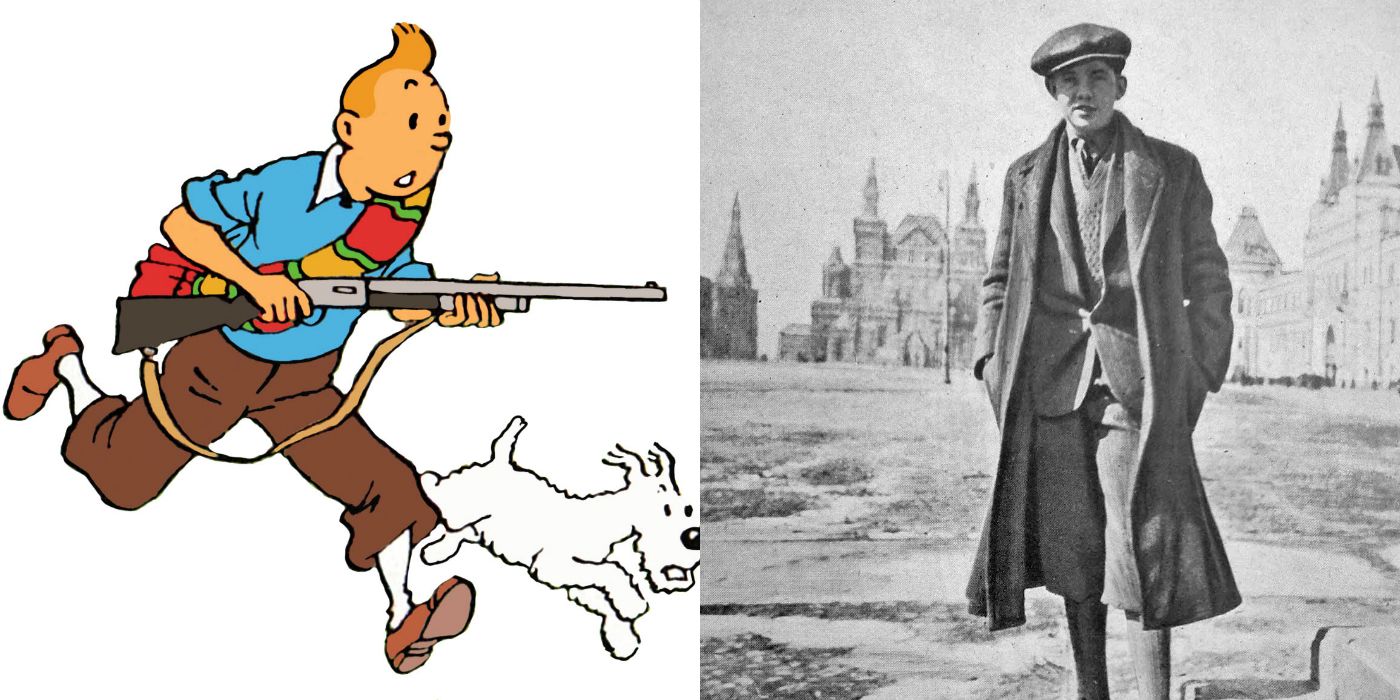It's no secret that the comic book world is filled with fantastical, yet bizarre characters-- heroes and villains alike-- and as with any other art or literary medium, those characters' creators often draw inspiration from the real world. Sometimes that inspiration can be other comic book characters, or characters in books, but surprisingly often it is real-life singers, actors, and entrepreneurs.
In fact, some of the most iconic superheroes and villains in history have been inspired by real people, and their creators have openly admitted to it. In some cases, the inspiration was for the character's personality, and in other cases it was for the character's look. Talk about the ultimate honor-- or the ultimate dishonor, depending on whether the character inspired by someone is heroic or villainous. But hey, imitation is the sincerest form of flattery, right? Here are 15 Superheroes And Villains Who Were Based On Real People.
15. Tony Stark - Howard Hughes & Elon Musk
The original incarnation of Tony Stark, designed by Stan Lee, was based on the eccentric billionaire Howard Hughes. Hughes' unusual personality and lifestyle are what drove Lee to use him as an inspiration for his own unconventional billionaire. "Hughes was one of the most colorful men of the time," Lee said. "He was an inventor, an adventurer, a ladies' man and a nutcase. He was incredible." Lee took Hughes' inspiration a bit further when he named Tony's father, Howard.
However, when the time came for Robert Downey Jr. to research his then-impending role as Tony Stark, he turned to a more modern billionaire: Elon Musk. Founder of companies such as SpaceX, Solar City, and Tesla Motors, Musk was the ideal person to base his incarnation on. "Elon was someone Tony probably hung out with and partied with or more likely they went on some weird jungle trek together to drink concoctions with the shamans," Downey Jr. said. On a side note -- perhaps as thanks -- Musk was given a cameo in Iron Man 2.
14. The Joker - Conrad Veidt
Over the years, many actors-- Jack Nicholson, Heath Ledger, and Jared Leto, among others-- have portrayed Batman's archnemesis, the Joker, in animation and live-action, but did you know that the character himself was based on an actor? Batman creators Bob Kane and Bill Finger, as well as artist Jerry Robinson, based the Joker on Conrad Veidt's character, Gwynplaine, from Paul Leni's 1928 film, The Man Who Laughs.
In a 1994 interview, Kane explained, "Bill Finger and I created the Joker. Bill was the writer. Jerry Robinson came to me with a playing card of the Joker. [The Joker] looks like Conrad Veidt — you know, the actor in The Man Who Laughs, by Victor Hugo. Finger had a book with a photograph of Conrad Veidt and showed it to me and said, ‘Here’s the Joker.’ Jerry Robinson had absolutely nothing to do with it…he brought in a playing card, which we used for a couple of issues for him."
13. J. Jonah Jameson - Stan Lee
J.K. Simmons perfected the role of The Daily Bugle editor-in-chief J. Jonah Jameson, one of Peter Parker's perennial, incisive villains. With Simmons having made the jump from Marvel to DC Entertainment (appearing in the forthcoming Justice League movie as Commissioner Gordon), we're left to wonder who will play the next J. Jonah Jameson -- that's if he even shows up in a future Spider-Man movie.
Perhaps instead of having a simple cameo, Stan Lee could play the character in a small role. After all, he is a core inspiration for the sardonic editor. "You caught me," Lee told NPR. "I really did [model J. Jonah Jameson on myself]. I thought if I were a grumpy, irritable man, which I am sometimes, how would I act? And that was it. So, you got me."
In fact, Lee once told Kevin Smith that he wanted to play Jameson in a movie, saying, "I always wanted to play him in the movie. I was so sorry that by the time [Spider-Man] was made, I was too old to play the role. Well, I don't think I'm too old, but obviously they did." It's unclear who "they" is, but it's probably safe to presume Lee is talking about Sony Pictures.
12. Darkseid - Adolf Hitler & Jack Palance
Created by Jack Kirby after he made the jump from Marvel to DC Comics, Darkseid is perhaps one of the biggest bads the DC Universe has ever seen. As the despotic ruler of the inhospitable planet Apokolips, he has amassed an army of parademons capable of conquering whole worlds across the universe-- and he frequently sets his sights on Earth. Unfortunately, Superman and the Justice League keep getting in his way, in every rebooted universe.
According to comic book writer Mark Evanier, Kirby originally modeled the likeness of Darkseid on legendary actor Jack Palance. As for the character himself-- a megalomaniacal, fascist, militarist leader who believes in conquering the entire universe-- Kirby based his personality on another fascist leader: Adolf Hitler. "Adolf Hitler was looked up to," Kirby said in a 1990 interview. "He was revered almost like a god because he was feared. Adolf Hitler took all of Europe, and my generation had to confront Adolf Hitler."
11. Lucifer Morningstar - David Bowie
Fans of Fox's Lucifer TV series may not know that the character of the same name -- a depiction of the fallen angel from the Bible -- is actually part of the DC Universe. Created by Neil Gaiman and Sam Kieth, Lucifer Morningstar made his debut in The Sandman comics in 1989, before later appearing in his own self-titled series.
The personality and portrayal of Lucifer are primarily based on the depiction of Satan in John Milton's epic poem Paradise Lost. However, the likeness of the character (in the comics) was originally based on iconic singer David Bowie, at Gaiman's behest.
In his book Hanging Out With The Dream King: Conversations With Neil Gaiman And His Collaborators, artist Kelley Jones said, "Neil was adamant that the Devil was David Bowie. He just said, 'He is. You must draw David Bowie. Find David Bowie, or I’ll send you David Bowie. Because if it isn’t David Bowie, you’re going to have to redo it until it is David Bowie.' So I said, 'Okay, it’s David Bowie.'"
10. Constantine - Sting
Interestingly, David Bowie isn't the only famed singer to be used as inspiration for a DC Comics character. Sting, famously known as the lead singer of the band The Police, was the visual inspiration for the look of John Constantine. Co-creators Stephen Bissette and John Totleben were huge fans of The Police, and Bissette has admitted to drawing people that look like Sting in the background of their comic, Saga of the Swamp Thing, before the creation of Constantine.
After some time spent doing that, Bissette and Totleben wanted to take things a step further and actually make a character that looked like Sting, and that is how John Constantine came to be. Bissette revealed as much in a 2009 interview, saying, "We wrote [writer Alan Moore], and said 'We’re going to put Sting in the comic, and Alan, you better make it a character, because he’s not going to go away. We’re going to make him more and more visible, whether you like it or not.' So Alan made him John Constantine."
9. Stargirl - Courtney Johns
The first Star-Spangled Kid from the Golden Age of Comics, Sylvester Pemberton, was created by Superman co-creator Jerry Siegel and Hal Sherman. After several years of fighting crime alongside his adult sidekick, Pat Dugan, aka Stripesy, Pemberton was killed off. Later, Dugan's step-daughter, Courtney Whitmore, found Pemberton's old gear and became the second Star-Spangled Kid. However, after being gifted the Cosmic Staff from Hourman's son and fellow superhero Jack Knight, aka Starman, Whitmore adopted the name Stargirl.
DC Comics chief creative officer Geoff Johns, who started out writing Stars and S.T.R.I.P.E. in the late '90s, created Courtney Whitmore for the series. He based the character on his sister, also named Courtney, who died in the ill-fated TWA Flight 800 in July 1996. "My sister was the inspiration for the character, the good qualities instilled in the character. The initial inspiration was there, but Stargirl has taken on a life of her own. She's her own character now," Johns told Newsarama of Stargirl.
8. Captain Marvel (Shazam) - Fred MacMurray
Long before Marvel Comics introduced their Captain Marvel, there was another, aka Billy Batson, who, thanks to copyright issues, now goes by Shazam. Created by writer Bill Parker and artist C.C. Beck, Captain Marvel is one of the dozens of characters who were heavily inspired by National Comics' (now DC Comics) Superman at the time.
Unlike the majority of comics and comic book characters at the time, Parker and Beck chose to dive deep in mythology instead of creating a new world or an entire fictional universe. As previously mentioned, in regards to his powers, Captain Marvel was heavily inspired by Superman. However, his appearance was based on famed actor Fred MacMurray.
"With [the magazine movie] job fresh in [Beck's] mind, he began the task of translating Bill Parker's ideas into graphic form. He chose film star Fred MacMurray as the model of Captain Thunder, giving him the same black, wavy hair; bone structure and cleft chin," artist Jim Steranko said in an interview.
7. Bucky Barnes - Bucky Pierson
Thanks to the overwhelming success of the Marvel Cinematic Universe, casual moviegoers will tend to associate Bucky Barnes with being the Winter Soldier. But before he was resurrected as a wetwork operator for the Soviet Union, Bucky spent years being Captain America's sidekick. He was only 15 years-old when he joined his friend Steve Rogers in his campaign to defeat Nazi Germany, and he was originally based on a real-life person of similar age: Bucky Pierson.
Created by writer Joe Simon and artist Jack Kirby, James Buchanan Barnes has been around as long as Steve Rogers, having made his debut in Captain America Comics #1 in 1941. When Simon drew out his initial sketch of Captain America, he included a young boy who would later become the Captain's best friend. "The boy companion was simply named Bucky, after my friend Bucky Pierson, a star on our high school basketball team," Simon revealed in his autobiography.
6. Catwoman - Jean Harlow & Ruth Steel
Batman creators Bob Kane and Bill Finger had an affinity for movies, and the duo wanted to provide their burgeoning Batman comic series with sex appeal. Kane said in his 1989 autobiography, Batman and Me, that he and Finger wanted to include a "friendly foe who committed crimes but was also a romantic interest in Batman's rather sterile life." That character ended up being Selina Kyle, aka Catwoman, who debuted in Batman #1 in Spring 1940.
Kane and Finger based the feline character's sex appeal on the '30s seductive actress Jean Harlow. But, in addition to Harlow, Kane modeled the look of Catwoman off his cousin, Ruth Steel, who said in a 2011 interview that Kane had taken pictures of her and then drew out the character. As for the reason behind using cats, Kane said in the same autobiography that he "felt that women were feline creatures and men were more like dogs. While dogs are faithful and friendly, cats are cool, detached, and unreliable."
5. Wolverine - Paul D'Amato
After almost two decades, come next year, Hugh Jackman will retire his claws as Wolverine. It's difficult to imagine anyone other than Jackman resembling the iconic Canadian superhero, but the fact of the matter is, there is another actor who was the sole inspiration for the look of the legendary X-Men hero: Paul D'Amato.
Originally conceived as a one-off character, Wolverine later became a staple in not only X-Men stories but in Marvel Comics in general. When tasked to come up with a Canadian hero-villain with a northern animal's name, co-creator Roy Thomas said he was "conflicted between 'Wolverine' and 'Badger' and finally decided Badger had the connotation of mere heckling or nagging, while Wolverine virtually had the word wolf in it."
When artist John Byrne came on board, Wolverine had already acquired his signature pointy hair look, but Byrne took things a step further and cemented Wolverine's identifiable sideburns, which he based on D'Amato's character, Dr. Hook, from the George Roy Hill-directed and Paul Newman-starring comedy film Slapshot.
4. Magneto - Malcolm X
As one can tell by the numerous X-Men movies and comic books, stories concerning mutants in the Marvel Universe have always involved social injustice issues. Mutants have endured severe forms of prejudice over the years, and that is why the race's two leaders -- Charles Xavier and Magneto -- have spent their entire lives campaigning for human-mutant relations -- or, in the case of Magneto, the lack of humans. Created by Stan Lee and Jack Kirby, Xavier and Magneto made their debut in 1963, at the height of the Civil Rights Movement.
Heavily inspired by the movement, Lee and Kirby appear to have based Xavier and Magneto on civil rights leaders Martin Luther King, Jr. and Malcolm X, respectively. Although it has never been explicitly confirmed, the ideological similarities between Magneto and Malcolm X are uncanny, and so are the similarities between Magneto's counterpart and one-time friend, Xavier, and Martin Luther King, Jr. After all, both Xavier and Magneto have championed for a world in which mutants could live without fear, despite the two not seeing eye-to-eye in terms of their methods.
3. Harley Quinn - Arleen Sorkin
Harley Quinn is a rather unique character compared to most other comic book characters. Firstly, she is one of only a handful of characters to be an original creation for a DC Comics adaptation and then later incorporated into the comics. Secondly, the real-life person she is based on ended up portraying her in that adaptation.
The brainchild of Batman: The Animated Series creators Paul Dini and Bruce Timm, Harley Quinn made her debut in 1992, in the series' episode "Joker's Favor," as the Clown Prince of Crime's crazed girlfriend. Dini had modeled the character after his longtime friend, Arleen Sorkin, after seeing her on television.
"[Paul] was home one day watching Days of Our Lives," Sorkin told Starlog Magazine. "We did a dream sequence where I was a court jester, and he said that was the inspiration for Harley. Paul called me up and said, 'Would you like to do this character?' I said yes and came over! I was born to play her."
2. Nick Fury - Samuel L. Jackson
There are numerous differences between Nick Fury and Harley Quinn, but one rare thing they share in common is that they are both based on real people who later portrayed them on screen. The original incarnation of Nick Fury is nothing like the one casual moviegoers associate with the character, especially ever since Samuel L. Jackson popularized Fury in the Marvel Cinematic Universe. After all, he was originally Caucasian and had a full- head-of-hair.
When Marvel introduced the character in the Ultimate Universe in 2001, he bore a resemblance to the original incarnation. But then after a year, the publisher redesigned Fury to look more like Samuel L. Jackson-- bald and African American.
Comic book writer Mark Millar was responsible for the race change, and when Millar asked Jackson, on the set of Kingsman: The Secret Service (a movie based on Millar's comic of the same name), if he was annoyed with the decision to base the character on him, Jackson replied, "F--- no, man! Thanks for the nine-picture deal!" It stands to reason that without Millar, Samuel L. Jackson may not have been cast as Nick Fury in the MCU.
1. Tintin - Palle Huld
Although not necessarily a superhero or supervillain, Tintin is a comic book character who has inspired countless people to not only pursue adventures of their own but to be honest, compassionate, and kind -- and that is enough to deem him a hero in our book.
Created by Belgian cartoonist Georges Prosper Remi, famously known as Herge, Tintin made his debut in Tintin in the Land of the Soviets in 1929. While Tintin is devoid of an identifiable personality, his gestures and such are based on Herge's younger brother, Paul. Herge once said (revealed in the book Herge, Son of Tintin): "I watched him a lot; he entertained me and fascinated me... It makes sense that Tintin took on his character, gestures, poses. He had a way of moving and a physical presence that must have inspired me without my knowing it. His gestures stayed in my mind. I copied them clumsily, without meaning to or even knowing I was doing it; it was he whom I was drawing."
In addition to basing the character's likeness on his brother, Herge's primary source of inspiration in creating Tintin came from Palle Huld, a 15 year-old Danish Boy Scout who set out to travel the world in 1928, a year before Tintin made his debut.

